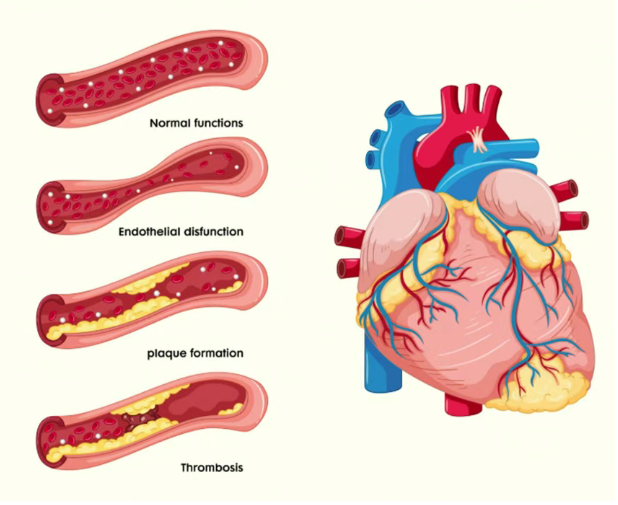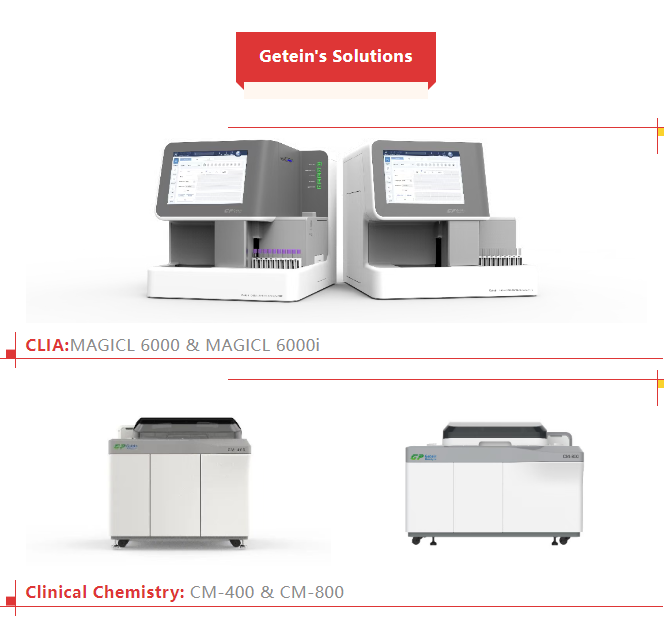November 2025
1. La "oxidación" de las arterias y el foco inflamatorio
Quizás hayas oído que la inflamación es la causa de muchas enfermedades. En nuestro sistema cardiovascular existe un tipo especial de inflamación, específico de los vasos sanguíneos. Puedes pensar en nuestros vasos sanguíneos como una importante tubería de agua, y la aterosclerosis es como el proceso de oxidación y acumulación de sarro en las paredes internas de estas tuberías. Las causas de esto... corrosión Son complejos, y la deposición de colesterol malo (lipoproteína de baja densidad) es un instigador bien conocido. Pero la historia no termina ahí. Cuando este colesterol malo se deposita bajo el revestimiento interno del vaso sanguíneo, sufre cambios y se convierte en un foco de inflamación.

2. Lp-PLA2: El "problemático" dentro de las placas
Aquí es donde entra en acción la Lp-PLA2. Su nombre completo es Fosfolipasa A2 asociada a Lipoproteínas, lo cual suena complicado, pero se puede considerar como una "alborotadora" que actúa específicamente en el "lugar del accidente" en la pared de los vasos sanguíneos. La Lp-PLA2 es una enzima secretada principalmente por las células inflamatorias dentro de la pared de los vasos sanguíneos. Al encontrarse con estas partículas de "colesterol malo" depositadas, se vuelve hiperactiva y comienza a causar daños. Descompone los fosfolípidos de las lipoproteínas oxidadas, produciendo dos sustancias proinflamatorias aún más potentes.
3. De la estabilidad a la ruptura: una transformación peligrosa
Esto es como un trozo de "sarro" (una placa estable) que permanecía inmóvil. Bajo la catálisis de Lp-PLA2, se produce una violenta reacción química en su interior, volviéndola muy frágil y agresiva. Estas dos potentes sustancias proinflamatorias exacerban aún más la respuesta inflamatoria en la pared vascular, provocando que las "manchas de óxido" se vuelvan inestables y más propensas a romperse. Una vez que esta placa inestable se rompe, el cuerpo la confunde con un vaso sanguíneo roto y activa inmediatamente el mecanismo de coagulación para "repararla", formando un coágulo sanguíneo en el lugar de la ruptura. Este coágulo puede obstruir instantáneamente el vaso sanguíneo, desencadenando eventos graves como un infarto agudo de miocardio o un derrame cerebral.
4. Por qué es especial: El valor que va más allá de los marcadores tradicionales
En pocas palabras, la Lp-PLA2 no es un marcador inflamatorio común. A diferencia de la proteína C reactiva (PCR-us), que refleja una inflamación sistémica generalizada, es un indicador más específico. Actúa como una sonda precisa para medir la inflamación de la pared vascular, reflejando directamente el nivel de actividad inflamatoria dentro de las placas ateroscleróticas y su grado de inestabilidad. Por lo tanto, medir la concentración de Lp-PLA2 en sangre puede ayudar a los médicos a evaluar el riesgo de futuros eventos cardiovasculares, incluso si sus niveles de colesterol malo no parecen ser muy altos.
5. Importancia clínica: una clara alarma desde el interior de sus vasos sanguíneos
Actualmente, la prueba de Lp-PLA2 se utiliza generalmente en personas con un riesgo moderado o alto de enfermedad cardiovascular, y sirve como un complemento importante a los factores de riesgo tradicionales (como la presión arterial, los lípidos y la glucemia). Proporciona a los médicos una visión más profunda, permitiéndoles ver las corrientes subyacentes que se mueven dentro de los vasos sanguíneos. A diferencia de la PCR, que refleja una inflamación generalizada, la Lp-PLA2 es altamente específica. Revela directamente el nivel de actividad inflamatoria dentro de las paredes de los vasos sanguíneos, en particular dentro de las propias placas ateroscleróticas. Por lo tanto, al medir la concentración de Lp-PLA2, los médicos pueden evaluar con mayor precisión su riesgo futuro. Esto es especialmente valioso para personas cuyos factores de riesgo tradicionales pueden parecer normales, pero cuyo riesgo real podría estar subestimado.
6. Conclusión: Una ventana clave hacia la salud vascular
En resumen, la Lp-PLA2 nos brinda una valiosa perspectiva sobre la salud vascular. Si una prueba detecta niveles elevados de Lp-PLA2, es como recibir una clara alarma desde el interior de los vasos sanguíneos, indicando que es necesario controlar la presión arterial y los lípidos de forma más activa, adoptar un estilo de vida saludable y, posiblemente, usar medicamentos bajo supervisión médica para estabilizar las placas y reducir el riesgo. Esto nos enseña que la prevención de enfermedades cardiovasculares y cerebrovasculares requiere no solo prestar atención a la cantidad de colesterol, sino también estar atentos a la "tormenta inflamatoria" dentro de las paredes de los vasos sanguíneos.


abra wechat y escanee el código QR. manténgase conectado con nosotros.